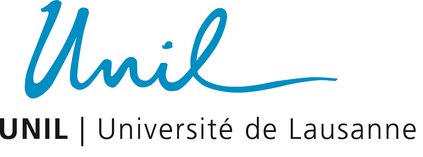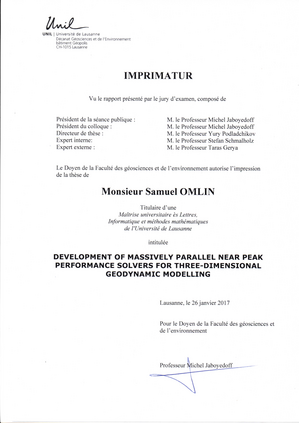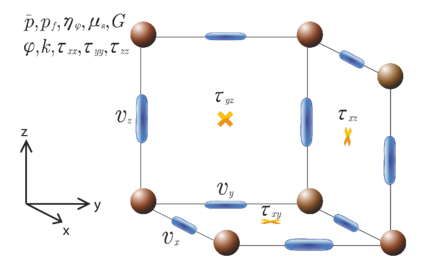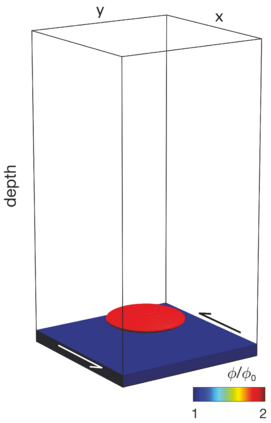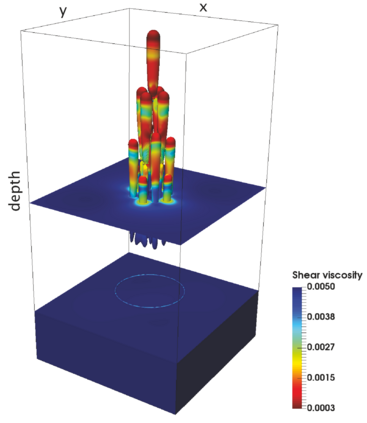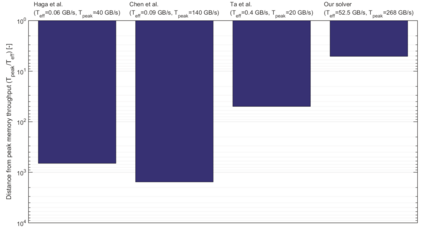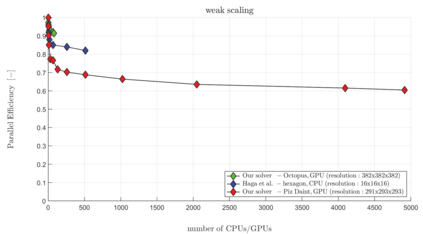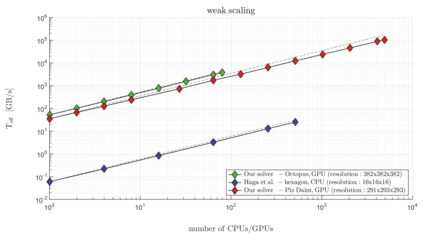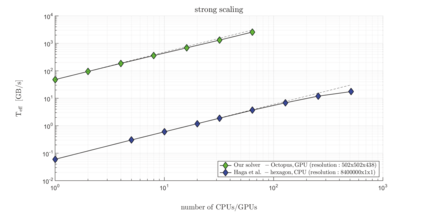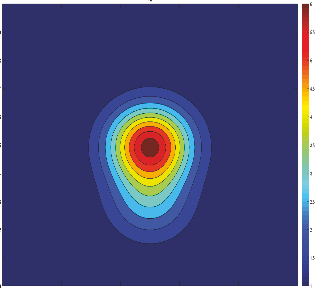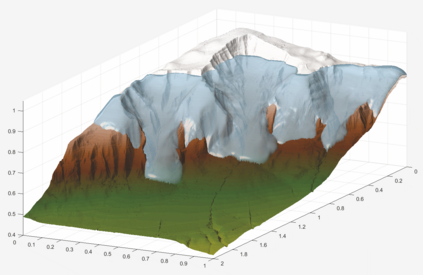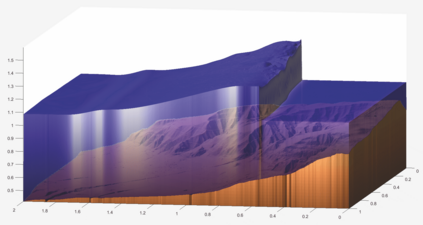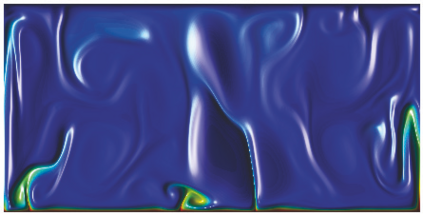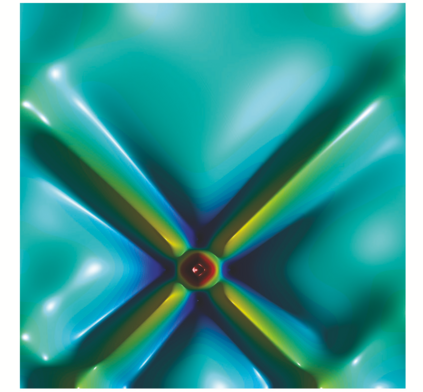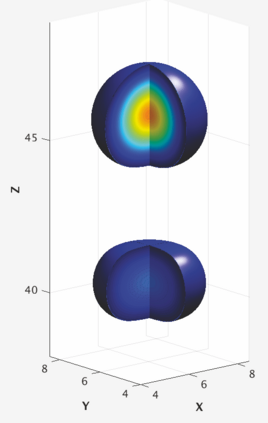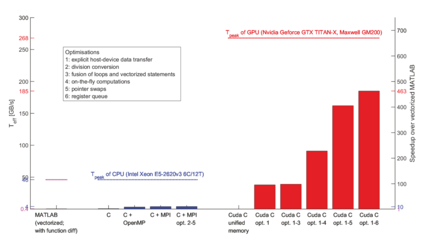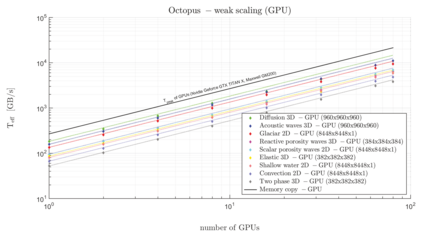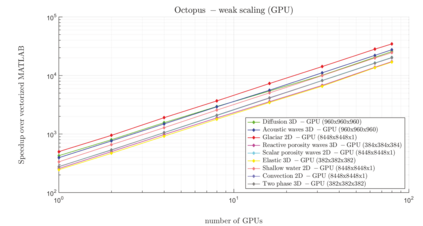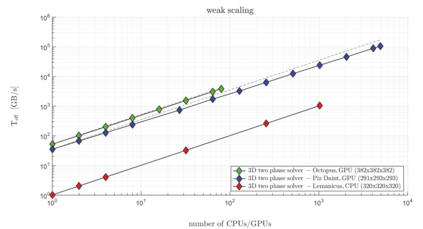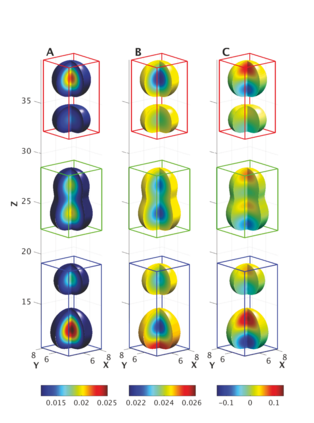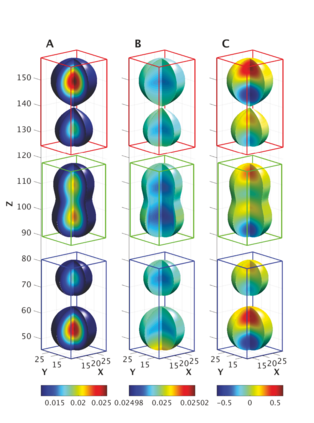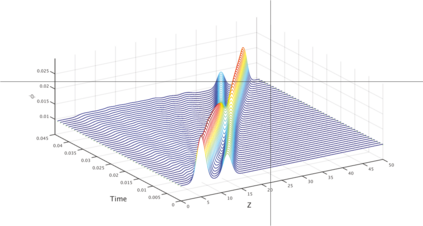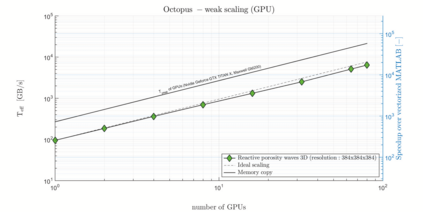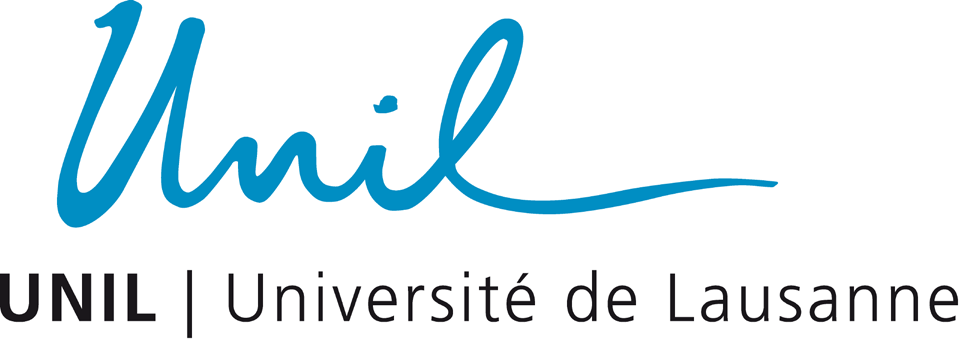We address in this thesis the current need to design new parallel algorithms and tools that ease the development of geodynamic modelling applications that are suited for today's and tomorrow's hardware. We present (1) the MATLAB HPC compiler HPC.m, which greatly simplifies the building of parallel high performance applications and (2) parallel algorithms for the 3D simulation of strongly nonlinear processes as mechanical and reactive porosity waves. To simulate mechanical porosity waves we employ a massively parallel algorithm that permits to resolve the deformation of fluid-filled viscoelastic porous media in 3D. The utilized mathematical model is based on Biot's poroelastic theory, extended to account for viscous deformation and plastic yielding. The modelling results exhibit the impact of decompaction weakening on the formation of three-dimensional solitary-wave-like moving porosity channels. To simulate reactive porosity waves we use a solver for 3D deformation of fluid-filled reactive viscous porous media. The Damk\"ohler number (Da) of the simulations is varied in order to estimate the respective roles of viscous deformation (low Da) and reaction (high Da) on wave propagation. 3D waves are found to propagate independently of their source at constant speed by going through each other for all the investigated Da. Soliton-like wave propagation as a result of metamorphic reaction provides an efficient mechanism for fluid flow in the Earth's crust. We illustrate the great performance and versatility of HPC.m by deploying it to generate solvers for a variety of physics across multiple Earth Science disciplines. All solvers run close to hardware's peak performance and were shown to scale linearly on a institute cluster with 80 GPUs. Moreover, our nonlinear poroviscoelastic two-phase flow solver scales close to ideally on Piz Daint's 5000 GPUs at the Swiss National Supercomputing Centre.
翻译:我们在此理论中探讨当前需要设计新的平行算法和工具,以方便开发适合今天和明天硬件的地球动力建模应用程序。 我们展示了 (1) MATLAB HPC 编译器 HPC.m, 大大简化了平行高性能应用程序的建设, (2) 3D 模拟强非线性流程的平行算法, 将其作为机械和被动的孔化波。 为了模拟机械渗透波, 我们使用一个大规模平行算法, 以解决适合今天和明天硬件的液态粘结渗透媒体的变形。 使用的数学模型基于Biot 的浮质建模理论, 延伸至用于计算表面变形和塑料的变形。 模型结果显示的是三维单向单向的单向单向的单向波波波移动的变缩缩缩缩动效果。 用于不断变形的电流和不断变形的电流, 用于不断变形的电流向的电流向中, 不断变现的电流和不断变式的电流, 显示的是所有电流的电流的电流的电流的电流。

